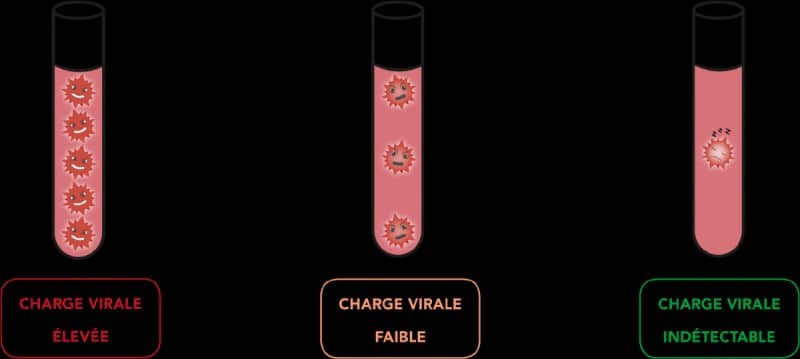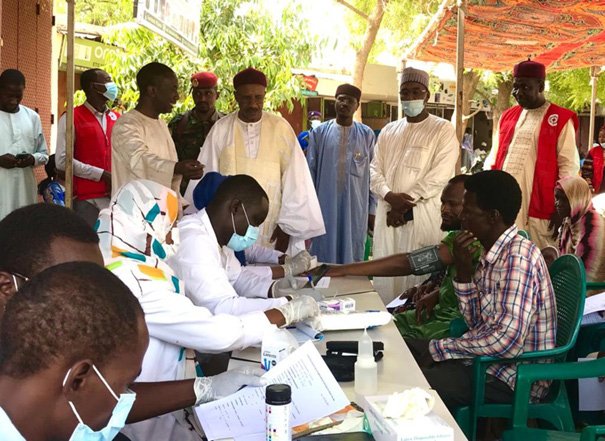Fight against HIV/AIDS: The threat of a crisis in viral load testing supplies in the North

Overview of viral load tests;
The majority of health facilities are under threat of a silent but potentially devastating crisis in the fight against HIV/AIDS. This is the stock shortage of supplies needed for viral load testing. This shortage, which directly affects the Regional Fund for the Promotion of Health in the North, jeopardizes efforts to suppress the viral load in people living with HIV (PLHIV) on antiretroviral (ARV) treatment.
Also read: Cameroon: UNICEF distributed around 6 billion Inputs last year
The Regional Fund for the Promotion of Health in the North, the main player in the distribution of medical supplies in the region, is currently out of stock of reagents and essential consumables for carrying out viral load tests. This shortage, the causes of which remain to be analyzed in detail, highlights the weaknesses of the supply chain in the health sector in Cameroon. Several hypotheses can be put forward, including delays in orders from international suppliers, logistical problems related to transport infrastructure, customs clearance difficulties, or chronic underfunding of the regional fund. Whatever the main cause, the consequence remains the same: limited or even non-existent access to viral load tests for PLHIV on ARV treatment. The lack of viral load tests has immediate and dramatic repercussions on the care of PLHIV. These tests are crucial for monitoring the effectiveness of ARV treatment. They allow to check if the viral load is undetectable, which means that the virus is sufficiently controlled to prevent transmission and prevent the progression of the disease. Without these regular tests, it is impossible to know if the treatment is effective, if adjustments are necessary or if resistance to ARVs is developing. The direct consequence is an increased risk of disease progression, serious health complications, and development of resistance to antiretrovirals, thus compromising the effectiveness of future treatments. In addition, the inability to confirm an undetectable viral load prevents PLHIV from fully benefiting from advice on the prevention of HIV transmission, thus affecting prevention efforts on a larger scale. The disruption of viral load testing inputs has multidimensional consequences that go well beyond simple medical surveillance. It should be noted that the absence of regular monitoring of viral load increases the risk of HIV-related complications, such as opportunistic infections, HIV-related cancers and premature mortality. The development of resistance to ARVs will also make future treatment more complex and less effective. The inability to confirm an undetectable viral load limits the effectiveness of HIV transmission prevention strategies, including prevention of mother-to-child transmission (PMTCT) and pre-exposure prophylaxis. And the worst part is that the uncertainty about the effectiveness of their treatment generates significant stress and anxiety among PLHIV. The lack of regular follow-up can also lead to a loss of trust in the health system and a decrease in adherence to treatment. Also,The input crisis is jeopardizing the achievement of national HIV targets, including the 95-95-95 target.
The shortage of viral load testing supplies in most health facilities is an alarming situation that threatens the considerable progress made in the fight against HIV. Immediate and concerted action by the authorities, technical and financial partners, and civil society is essential to avoid a major setback in the fight against this epidemic.
Marcus DARE














